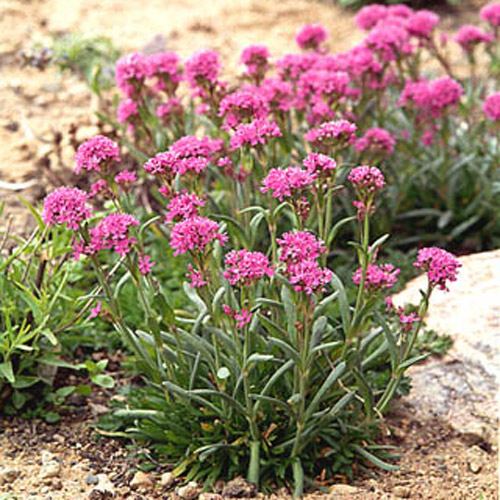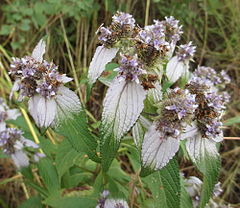Alas Poor Yorick...
/A spectacular piece of art is hitting the auction block at Bonhams on November 24th 2015, and it is certainly turning heads! The stunning life size skull is hand carved from a single block of Gibeon meteorite by artist Lee Downey.
The meteorite was originally 615 pounds and is approximately 4 billion years old. Scientists say that it was once a part of planet that orbited between Mars and Jupiter. When it broke apart, the iron mass flew through space for 4 billion long years before exploding over the Kalahari Desert in Namibia a thousand years ago.
Downey is an artist that is well known for working with unusual materials. He originally purchased the meteorite years ago with the intention of creating the skull.
Once it was carved he washed the skull in a nitric acid bath to reveal natural gray-and-white line pattern called Widmanstätten. The pattern occurs due to a prolonged heating process in the vacuum of space where are no surrounding molecules to help cool an object down. The acid bath also revealed a very rare orange tridymite crystal on the sculpture’s forehead.
A rare and singular combination of natural history and modern art weighing in at 21,080 grams.
One-of-a-Kind without a doubt.
“Yorick” by Lee Downey will be auctioned November 24 by Bonhams Los Angeles (7601 West Sunset Boulevard, Los Angeles) in its Lapidary Works of Art, Gemstones, and Minerals sale.
Photos are all courtesy of Bonhams





















